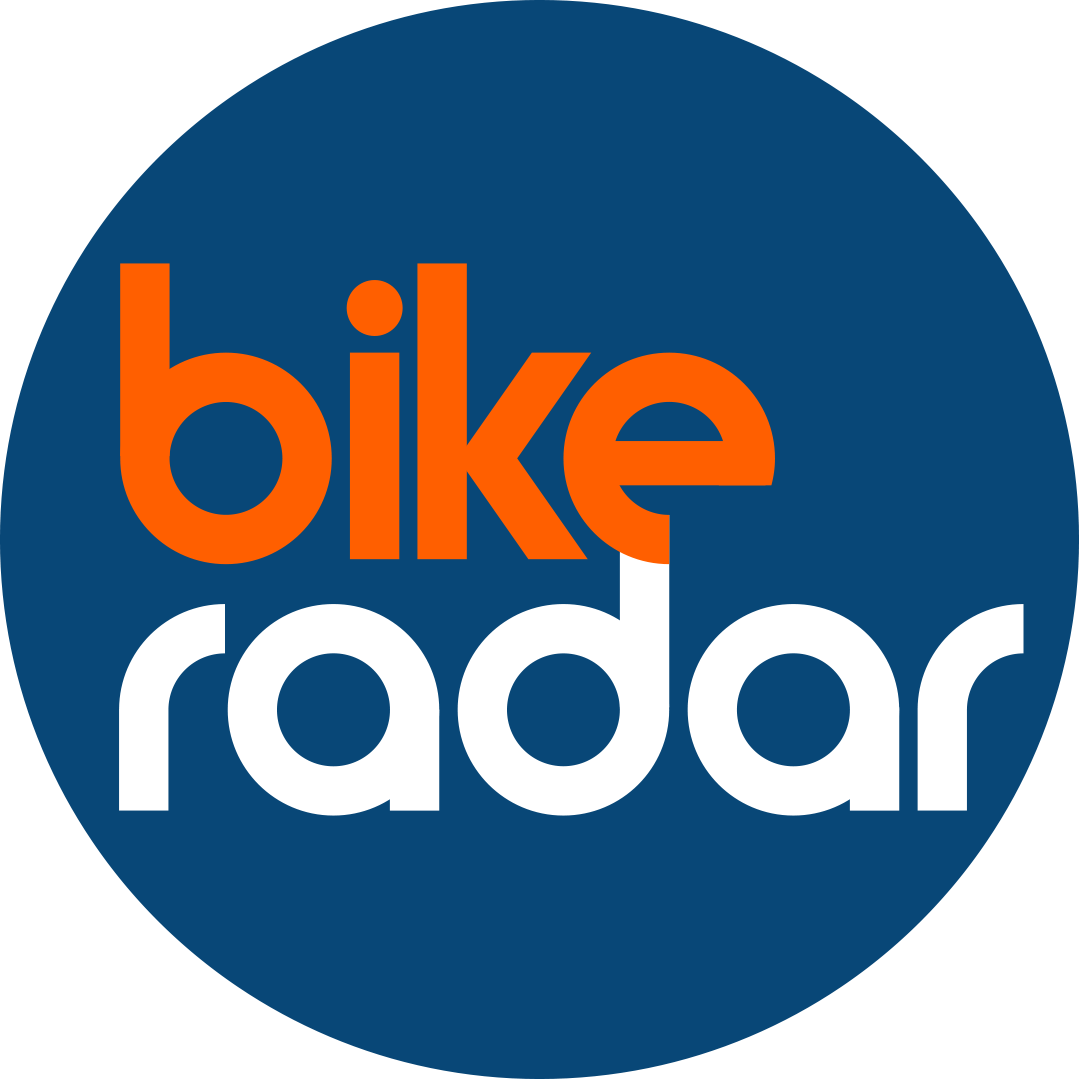You're not a pro rider, but you can give your bike a professional check before each ride and prevent major problems from occurring.
Author and longtime professional mechanic Daimeon Shanks says small issues can develop into dangerous and expensive failures if left unattended.
“In about the time it takes to down a post-ride espresso at your local coffee shop, you can give your bike the same attention that the pros’ bikes receive after each race," said Shanks, a former pro-team mechanic and co-owner of The Service Course.
In his book Essential Bicycle Maintenance & Repair, Shanks explains five pre-ride checks that every cyclist should perform:
Check the wheels. Make sure the quick-release skewers are tightened correctly. Spin the wheels to check that they are true and don’t rub on the brake pads or anywhere on the frame or fork. “If there is a wobble in the rim, go ahead and true it before the ride,” Shanks said. He also advises checking that the wheels turn freely and there are no grinding noises coming from the hub. “If the wheel stops turning after only a few revolutions or if there is a grinding sound from the wheel, then you’ll need to adjust the hubs."
Inspect the tires. Check for adequate air pressure in the tires. “Most tires will have the proper tire-pressure range printed on the sidewall,” Shanks said. “For the majority of road tires, a pressure of 110 to 120 pounds per square inch is best, depending on your size and riding style.” Check for any cuts or nicks in the sidewall or tread of the tires where the inner tube can bulge through and cause a flat. Also check for adequate tread on both tires. “A tire needs to be replaced when the tire’s cross section is no longer round; it will take on a square shape. Replace the tire if it is severely worn or has cuts.”
Test the brakes. Spin the wheels and apply the front and rear brakes independently of each other. Check that the brakes engage before the brake lever reaches the handlebars and that there is enough stopping power to be safe. “It is also important to ensure the brake pads are not worn,” Shanks said. “Inspect where the brake pads hit the rim; they should contact the rim evenly on both sides and not rub the tire in any way because this will cause a flat.”
Lube the chain. “There are many styles of lube available, and each works differently in different conditions,” Shanks said. “If you’re unsure what to use or if you like to keep only one type around for all conditions, then use a light oil, such as Tri-Flow.” Apply a small amount to the inside of the chain as you pedal backward so the entire chain gets an even coat. “It’s important to note that you should always apply lube to the inside of the chain so that, as you pedal, centrifugal force will push the lube into the chain parts. If you apply the lube to the top of the chain, the centrifugal force will simply fling the lube off the chain before it does any good."
Check the shifting. Check that the rear derailleur shifts evenly and smoothly between all the gears on the cassette. “Also check that the chain doesn’t fall off the front chain rings when performing front derailleur shifts and that it shifts smoothly between the small and large chain rings,” Shanks said.
“A quick run-through of your bike’s most important working parts is all that’s necessary,” Shanks said. “With proper maintenance, your bike should last as long as you care to take care of it.”
Essential Bicycle Maintenance & Repair addresses cycling’s most common repairs, as well as Information on how to choose parts and tires. The book is available now at HumanKinetics.com.



